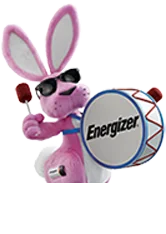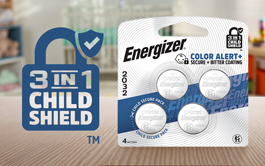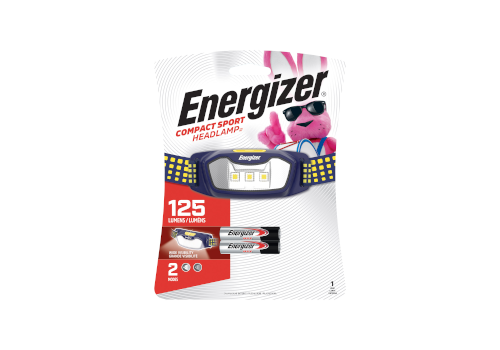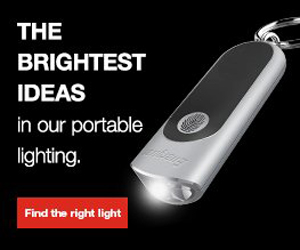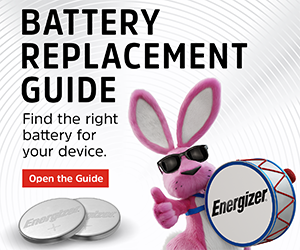
Power
-
-
- Browse by Type
-
-

Lighting
-

Responsibility

Promotions
Energizer®Compact Sport Headlamp
- Easy to push button
- Compact and Lightweight
- Comfortable band that is removable and washable band
- Up to 12x Brighter vs standard LED technology
- Long run time
- 2 modes High, White – Low
- Operates on 2 AAA batteries (Includes 2 AAA Energizer MAX® batteries)
- See FCC Statement
| Mode | 
Light Output |

Run Time |

Impact Resistant |

Water Resistant |
|---|---|---|---|---|
| High | 125 lumens | 7 hours | 1 meter | N/A |
| White-Low | 400 lumens | 25 hours | 1 meter | N/A |
FCC Marking
This device complies with part 15 of the FCC Rules. Operation is subject to the following two conditions: (1) This device may not cause harmful interference, and (2) this device must accept any interference received, including interference that may cause undesired operation.
FCC Instruction
CAUTION: Changes or modifications not expressly approved by the party responsible for compliance could void the user’s authority to operate the equipment.
This equipment has been tested and found to comply with the limits for a Class B digital device, pursuant to part 15 of the FCC Rules. These limits are designed to provide reasonable protection against harmful interference in a residential installation. This equipment generates, uses and can radiate radio frequency energy and, if not installed and used in accordance with the instructions, may cause harmful interference to radio communications. However, there is no guarantee that interference will not occur in a particular installation. If this equipment does cause harmful interference to radio or television reception, which can be determined by turning the equipment off and on, the user is encouraged to try to correct the interference by one or more of the following measures:
- Reorient or relocate the receiving antenna.
- Increase the separation between the equipment and receiver.
- Connect the equipment into an outlet on a circuit different from that to which the receiver is connected.
- Consult the dealer or an experienced radio/TV technician for help.

















